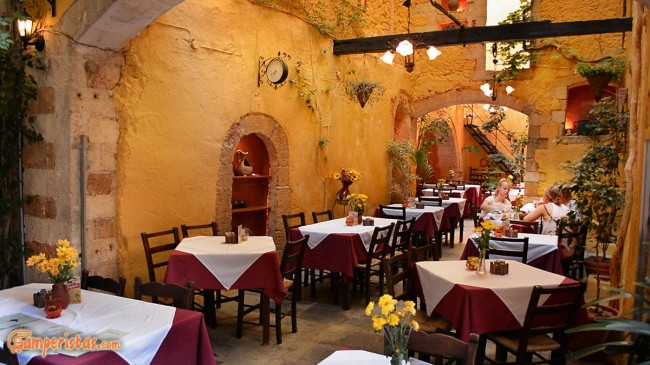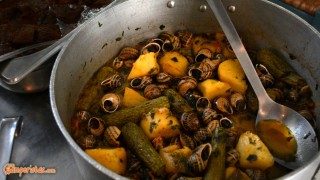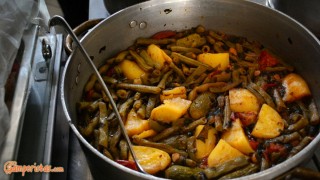
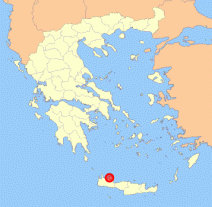 We finally arrived at our last stop before embarking on our journey back to mainland Greece. After so many weeks wandering among the beauty and the wilderness of the Cretan landscape, fascinated by the island’s rich and diverse heritage, spending the last couple days in Chania was like the icing on the cake! It is not by chance that this town is considered one of the most picturesque in all Greece!
We finally arrived at our last stop before embarking on our journey back to mainland Greece. After so many weeks wandering among the beauty and the wilderness of the Cretan landscape, fascinated by the island’s rich and diverse heritage, spending the last couple days in Chania was like the icing on the cake! It is not by chance that this town is considered one of the most picturesque in all Greece!
[sam id=”7″]
The good news is that Chania is well worthy of their reputation. The Old Town is a true gem, a blend of Venetian and Ottoman architectural styles combined with the local traditions and materials. The core of the Old Town is very well preserved and quite extensive, with the most impressive part being the Old Port. The not so good news is that we weren’t the only ones who had thought about strolling on the waterfront at sunset. During the peak season, it could be really crowded. All kinds of people from all over the world (Europe, Asia, Americas) were mingling together. In the end I found it rather intriguing if not amusing.
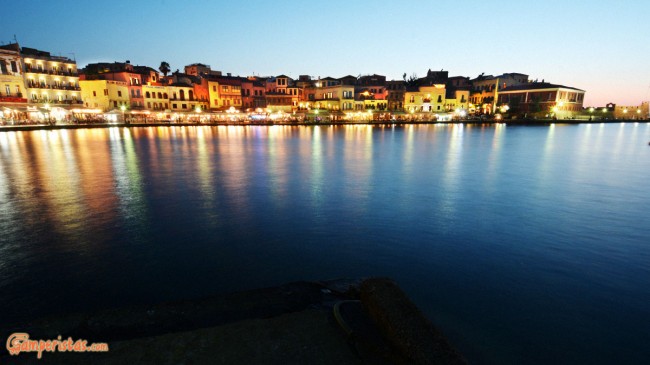
If the Tower of Babel-style is not your favorite you should visit the Port and the Old Town during the morning when the only people who frequent the narrow streets are the locals residents or some passionate about photography tourists. The early morning light in Chania is unforgettable.
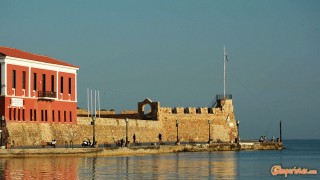
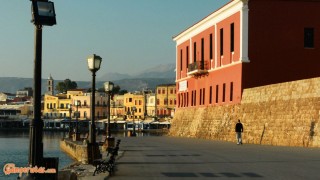
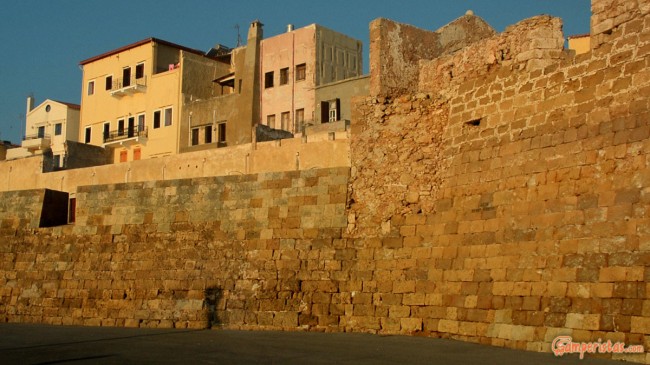
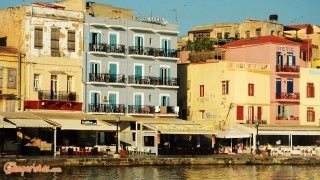
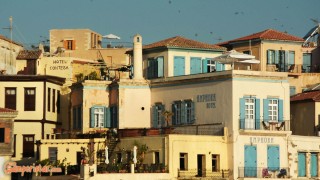
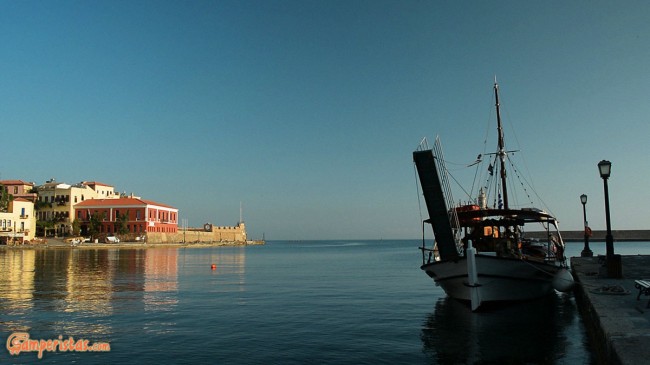
If you fancy a nice walk on the seafront, you can go to the Lighthouse; it is less than 1,5 km from the Port and it offers great views to the town. The Lighthouse was built by the Venetians 400 years ago and it is considered one of the oldest in Greece. It was renovated by the Ottomans in the beginning of the 19th century which explains its actual minaret-style.
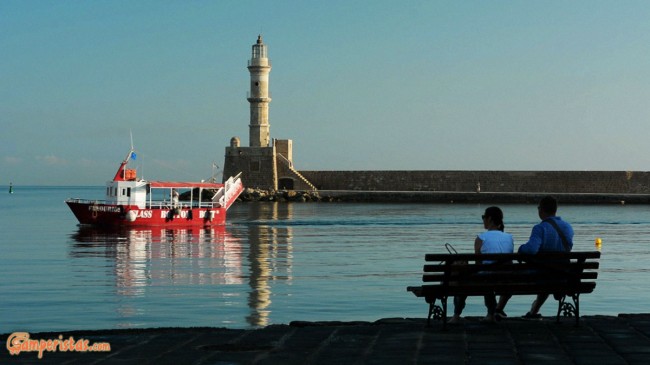
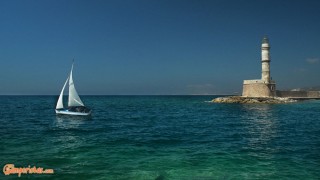
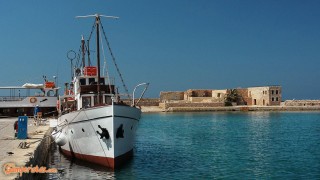
The Yali mosque, a great sample of Islamic architecture, is the most impressive historic building in the harbor area. It was built in the end of the 17th century and it was used until the beginning of the 20th century. Today it hosts various artistic exhibitions.
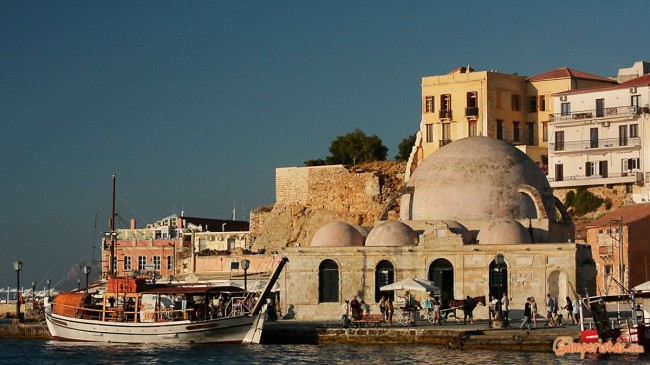
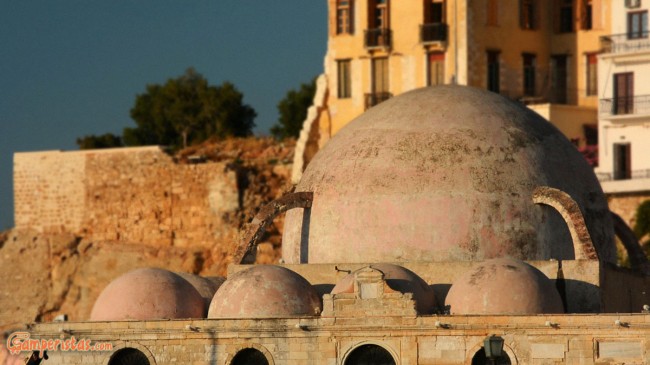
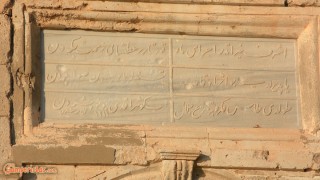
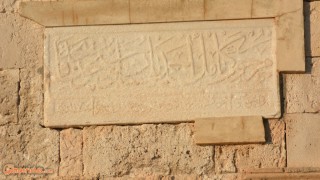
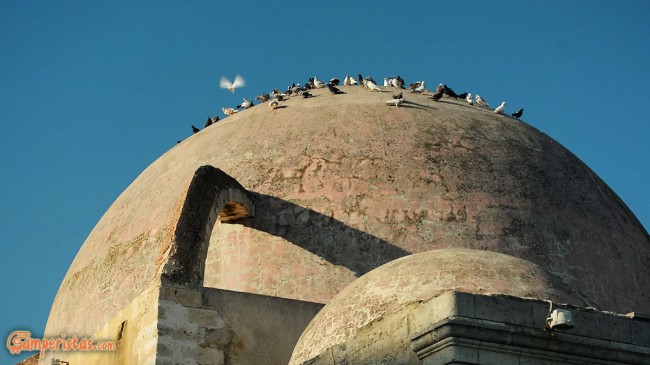
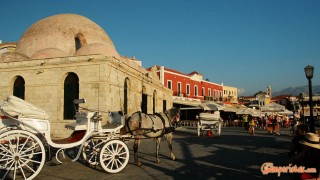
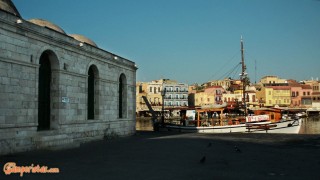
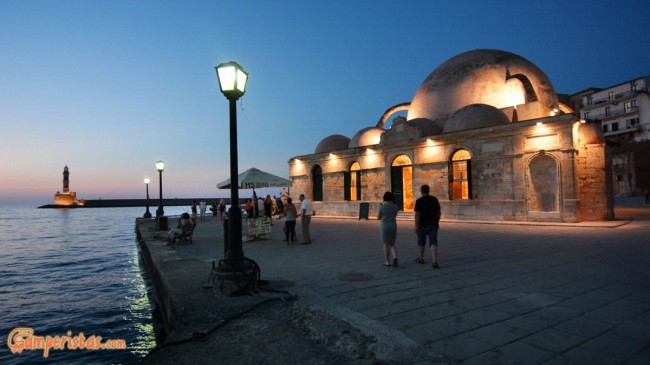
The construction of the Venetian shipyards started in the beginning of the 16th century. They were used for shipbuilding and reparations during the winter. From the original 23 shipyards less than half remain, not all of them in good condition. It’s rather a shame…
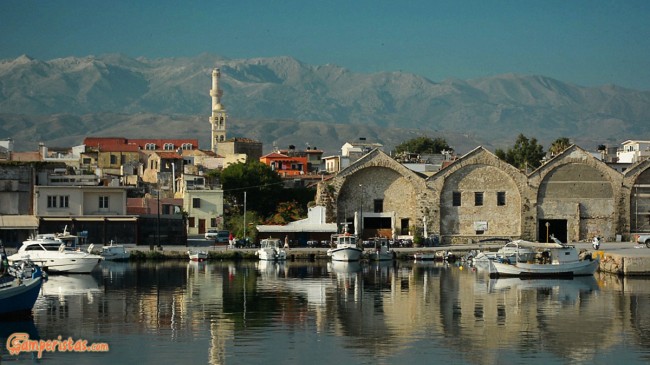
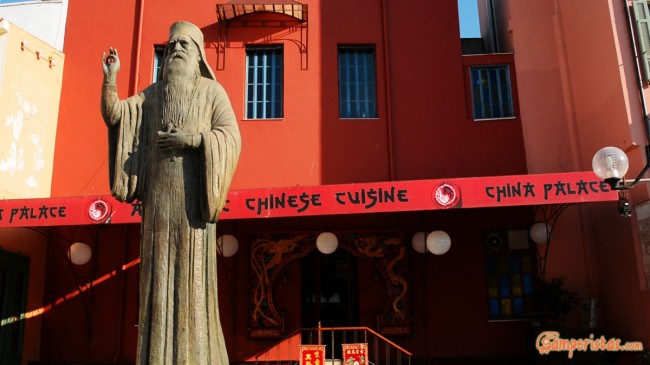
The church of St Nicholas in the quarter of Splantzia is one of the most interesting religious monuments in Chania. It was built in the beginning of the 14th century as a Dominican convent, then it was turned into a mosque and ultimately, in the beginning of the 20th century it was transformed into an orthodox church. As a result it has both a bell-tower and a minaret!
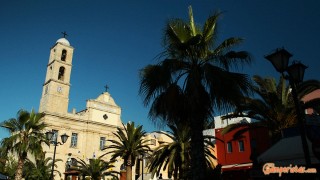
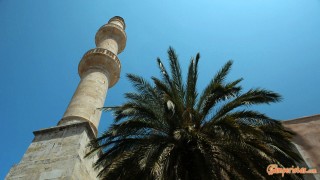
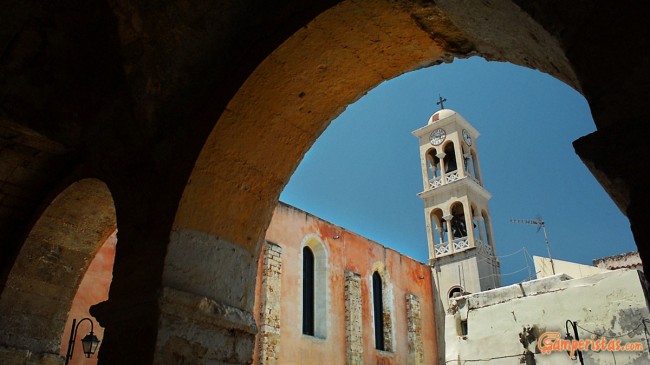
If you want to buy original Cretan souvenirs, then look for hand-made knives. The Sifaka street used to be and still is the knife-making district.
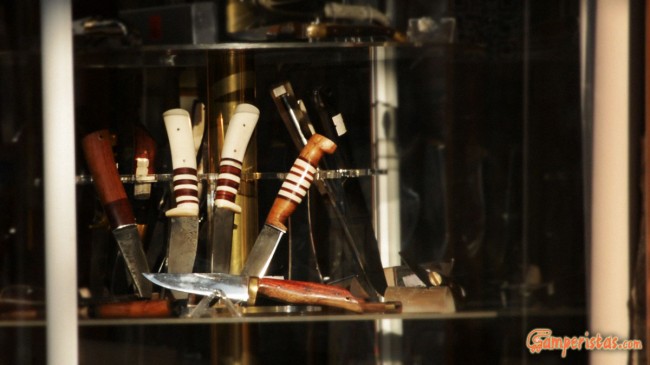
Chania is famous for its traditional cuisine. For self-catering provisions you can visit the Municipal Market and try to improvise some Cretan dishes, or you can go to any of the restaurants in the Old Town. Food is a very important matter for Cretans so it is unlikely that you will be disappointed.
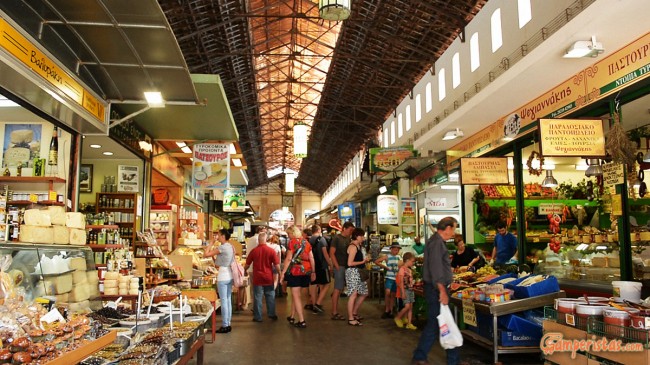
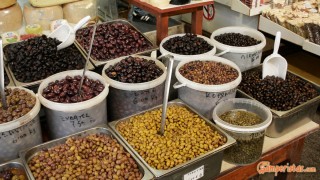
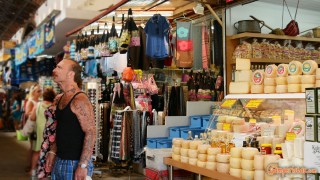
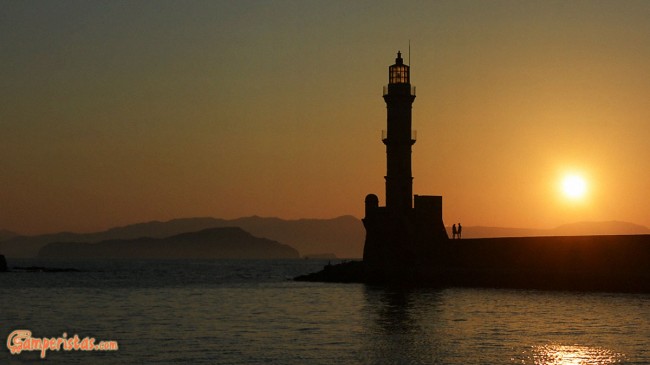
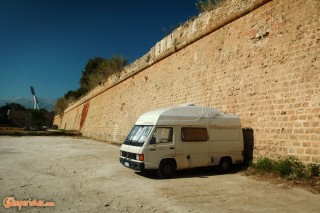 For overnight stay close to the center of Chania I’d spotted two convenient parking lots: the first is under the eastern walls of the town (see the photo on the left); it’s a big area and it’s not too noisy [35.51662,24.02442]. The second option is a much smaller lot [35.51921,24.02384], not far away from the first. If you don’t arrive at peak times, you have good chances to find a spot. The places on the flat are not many but with a little patience you’ll find one. It has the advantage of being much more ventilated, which is important in summer.
For overnight stay close to the center of Chania I’d spotted two convenient parking lots: the first is under the eastern walls of the town (see the photo on the left); it’s a big area and it’s not too noisy [35.51662,24.02442]. The second option is a much smaller lot [35.51921,24.02384], not far away from the first. If you don’t arrive at peak times, you have good chances to find a spot. The places on the flat are not many but with a little patience you’ll find one. It has the advantage of being much more ventilated, which is important in summer.
[sam id=”7″]

